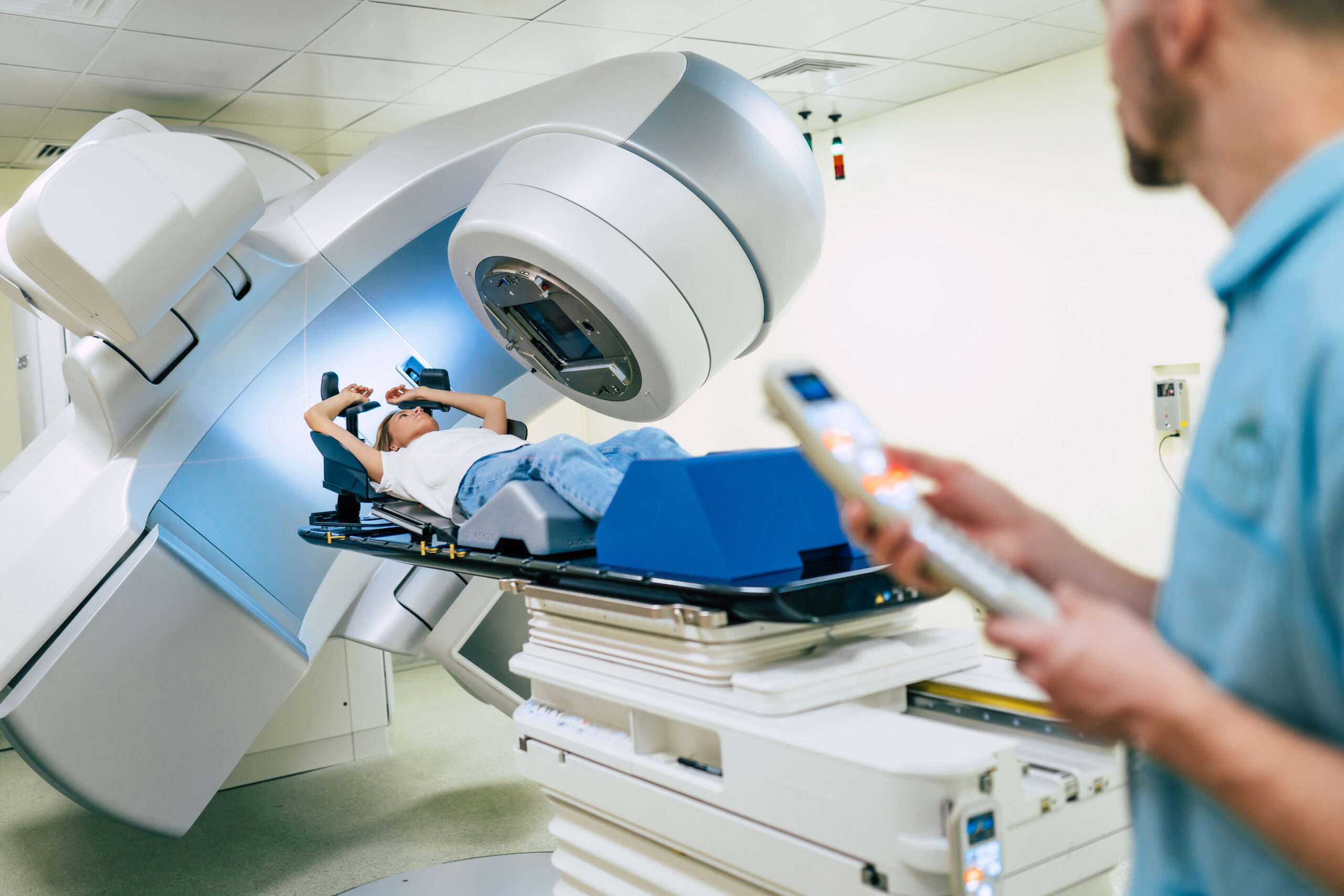
Imagine if a solitary one-dollar dose had the potential to eradicate cancer. A collaborative team of researchers from multiple universities, backed by federal funding, is working on a groundbreaking bacterial therapeutic designed to precisely target cancer cells, making treatment safer and more affordable through a single, inexpensive $1 dose.
In the conventional landscape of cancer therapies, limitations abound, with treatments like radiation and chemotherapy often causing harmful side effects. Furthermore, many treatments yield low patient responsiveness, compounded by the exorbitant costs associated with receiving care. According to findings from the American Cancer Society Cancer Action Network, a staggering 73% of cancer survivors and patients express concern about covering the costs of their cancer care, and 51% find themselves in medical debt from treatment. State-of-the-art cancer therapies can reach astronomical costs of up to $1,000,000.
Taking the lead in this transformative effort are Texas A&M University and the University of Missouri, spearheading the development of an affordable, safe, and controlled cancer treatment. With a $20 million grant from the Advanced Research Projects Agency for Health (ARPA-H), the researchers are part of the Cancer Moonshot initiative, a four-year project aimed at advancing and increasing funding for cancer research under the current administration.
A significant portion of the grant, $12 million, is allocated to the Texas A&M Engineering Experiment Station/Texas A&M, where researchers, including co-principal investigators Drs. Arum Han, Jim Song, and Chelsea Hu, are pioneering synthetic programmable bacteria for immune-directed killing in tumor environments (SPIKEs). The goal is to engineer bacteria to assist T cells in eliminating cancerous tissue, self-destructing after the cancer is eradicated, and exiting the body harmlessly as waste.
Dr. Han, the Texas Instruments Professor in the Department of Electrical and Computer Engineering, highlights the precision of SPIKEs in targeting only tumor cells, exponentially enhancing patient safety. His lab focuses on developing high-throughput microfluidic systems to rapidly process and screen extensive bacterial therapeutic libraries, enabling the identification of the most promising treatments with unprecedented speed and precision.
“SPIKEs can specifically target tumor cells,” said Han, the Texas Instruments Professor in the Department of Electrical and Computer Engineering. “And since it’s only targeting cancerous tissue and not the surrounding healthy cells, the safety of the patient is exponentially increased. It’s a great honor to be on this team, tackling a major health problem that affects a lot of people.
The engineering challenge lies in creating sophisticated microdevices for millions of fully automated tests, minimizing manual intervention, according to Dr. Han. Simultaneously, Dr. Jim Song, an immunologist at the Texas A&M School of Medicine, has been working on bacterial immunotherapy for five years, specifically with Brucella Melitensis. This bacterium can manipulate the body’s microenvironment to promote T cell-mediated anti-tumor immunity, showing a remarkable efficiency surpassing other cancer treatments.
Dr. Song’s approach involves engineering bacteria to rescue anti-tumor immune cells, significantly enhancing their effectiveness in killing tumor cells. The data indicates a responsiveness rate of over 70%, outperforming other therapies. Meanwhile, Dr. Chelsea Hu, an assistant professor in the Artie McFerrin Department of Chemical Engineering and a synthetic biologist, ensures the living bacterial therapeutic is safe and controllable. The goal is to engineer the bacterium’s growth rate, location within the tumor environment, and ability to self-destruct after completing its mission.
Dr. Hu emphasizes the safety of the chosen Brucella strain, an attenuated version with a deleted virulence gene. She plans to incorporate biosensors into the bacteria to differentiate between healthy and tumor tissues, ensuring growth only within the tumor microenvironment. Once the cancer is eliminated, the bacterium will be engineered to respond to antibiotics, prompting self-destruction and safe removal from the patient’s body.
This collaborative effort, with additional contributions from Dr. Zhilei Chen and Dr. Xiaoning Qian at the Texas A&M Health Science Center, as well as Dr. Paul de Figueiredo from the University of Missouri, prioritizes high safety, low cost, and specific targeting of cancerous tumors. Dr. Han expresses excitement about being among the first teams supported by ARPA-H, an agency established to address challenging health problems with unconventional approaches. Looking ahead, the potential applications of engineering bacteria extend beyond cancer treatment. Dr. Song envisions tackling autoimmune diseases such as type 1 diabetes and rheumatoid arthritis, leveraging bacterium-based immunotherapy to revolutionize medicine. The research holds promise for transforming lives and providing new hope for healthier tomorrows on a massive scale.






